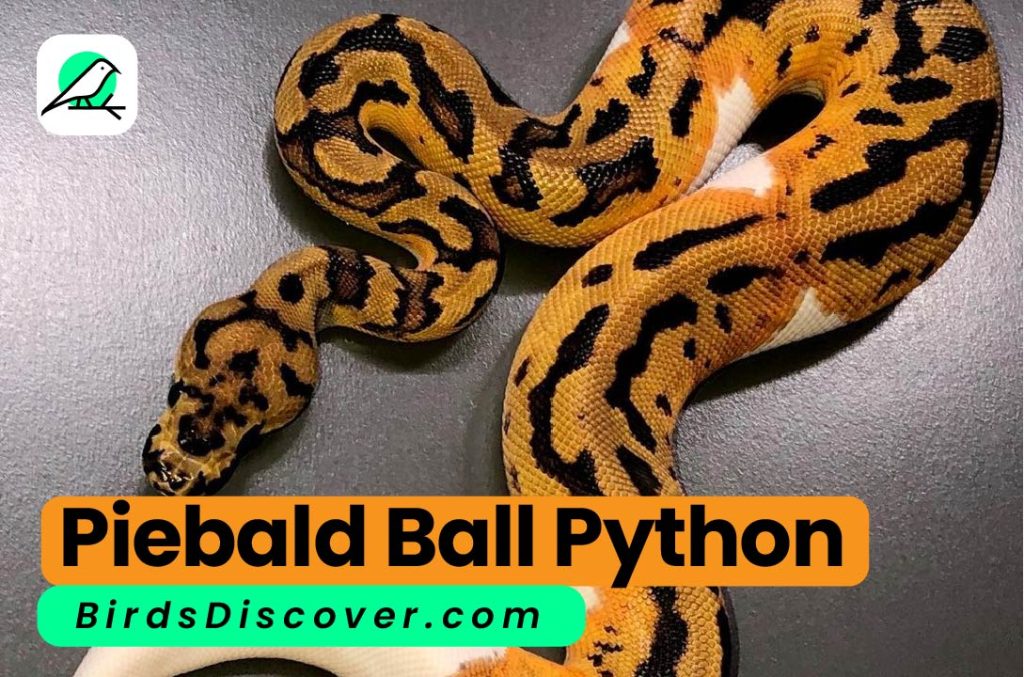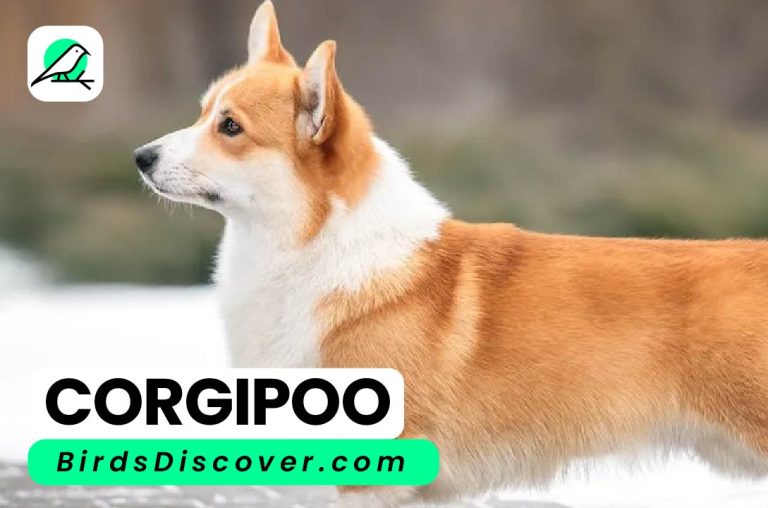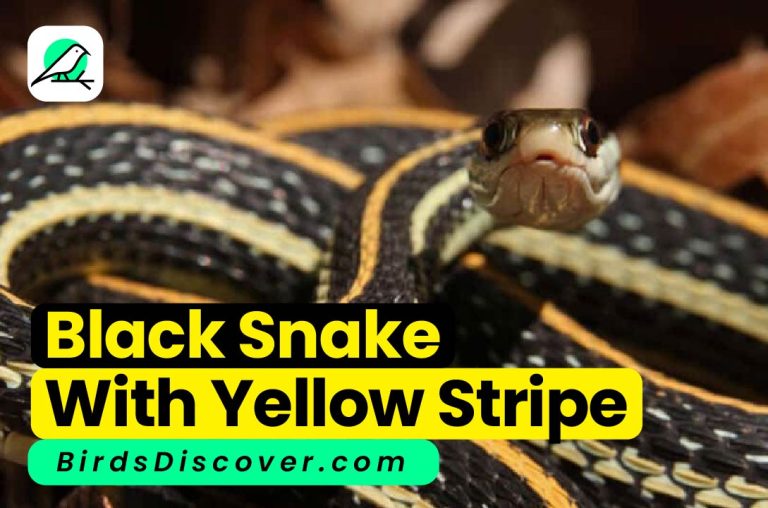Piebald Ball Python

- Size: Typically 3-5 feet long
- Lifespan: 20-30 years in captivity
- Diet: Carnivorous; feeds on rodents
Requires a secure enclosure, proper heating, and a diet of appropriately sized rodents.
The Piebald Ball Python is one of the most striking and sought-after morphs in the world of reptile enthusiasts. With its distinct coloration and pattern, this morph is a favorite among both new and experienced snake keepers. This article provides an in-depth look at the Piebald Ball Python, covering its characteristics, care requirements, and considerations for potential owners.
What is a Piebald Ball Python?
Definition and History
The Piebald Ball Python is a morph of the species Python regius, commonly known as the Ball Python or Royal Python. “Piebald” refers to a specific pattern where the snake has irregular patches of white on its body, contrasting with its base color, which can range from yellow to brown or even darker hues. This morph is a result of selective breeding and represents a genetic mutation that affects the snake’s pigmentation.
Piebald Ball Python Characteristics
| Attribute | Description |
|---|---|
| Base Colors | Yellow, brown, black, or a combination thereof |
| Pattern | Irregular white patches on a darker background |
| Size | 3-5 feet (0.9-1.5 meters) in length |
| Lifespan | 20-30 years in captivity |
Physical Characteristics
Coloration and Pattern
The Piebald Ball Python is known for its unique and attractive coloration. The contrast between the white patches and the darker base color creates a visually striking appearance. The exact pattern and distribution of white patches can vary greatly from one snake to another.
Color Variations and Patterns
| Pattern Type | Description |
|---|---|
| High White | Snake has a large amount of white covering the body |
| Low White | Snake has fewer white patches, with more of the base color visible |
| Classic Piebald | Balanced mixture of white and base color patches |
Size and Growth
Piebald Ball Pythons generally grow to a manageable size, making them suitable for both novice and experienced keepers. They reach an average length of 3-5 feet (0.9-1.5 meters) and can weigh between 1.5-2.5 pounds (0.7-1.1 kg). They typically reach full size by 3-4 years of age.
Growth and Size
| Age | Average Length | Average Weight |
|---|---|---|
| Hatchling | 8-10 inches (20-25 cm) | 50-100 grams |
| Juvenile | 2-3 feet (60-90 cm) | 500-1,000 grams |
| Adult | 3-5 feet (90-150 cm) | 1.5-2.5 kg |
Care Requirements
Habitat and Enclosure
Piebald Ball Pythons need a properly maintained habitat to thrive. Their enclosure should mimic their natural environment as closely as possible.
Enclosure Requirements
| Feature | Recommendation |
|---|---|
| Enclosure Size | Minimum 40-gallon tank for adults |
| Substrate | Aspen bedding, coconut husk, or reptile carpet |
| Temperature | Warm side: 88-92°F (31-33°C); Cool side: 78-80°F (26-27°C) |
| Humidity | 50-60%, increase during shedding |
Feeding
Piebald Ball Pythons are carnivorous and primarily eat rodents. Hatchlings typically start on small mice, while adults may eat larger prey like rats.
Feeding Guidelines
| Age | Feeding Frequency | Prey Size |
|---|---|---|
| Hatchlings | Weekly | Pinky mice |
| Juveniles | Every 5-7 days | Fuzzy or hopper mice |
| Adults | Every 7-10 days | Adult mice or small rats |
Health and Maintenance
Regular health checks are essential for keeping your Piebald Ball Python healthy. Look out for signs of illness such as changes in appetite, abnormal shedding, or signs of mites.
| Aspect | Care Tips |
|---|---|
| Shedding | Ensure proper humidity and temperature for shedding |
| Health Checks | Regularly inspect for mites, respiratory issues, and signs of obesity |
| Vet Visits | Annual check-ups with a reptile vet are recommended |
Cost and Availability
Piebald Ball Pythons can be more expensive than standard Ball Pythons due to their rarity and the selective breeding required to produce them. Prices can vary widely based on the snake’s pattern and coloration.
| Factor | Cost Range |
|---|---|
| Hatchling | $1,000 – $3,000+ |
| Adult | $2,000 – $5,000+ |
| Additional Costs | Enclosure, heating, humidity equipment, and ongoing care |
Ethical Breeding and Sources
When purchasing a Piebald Ball Python, it is crucial to choose reputable breeders who prioritize the health and well-being of their animals. Avoid purchasing from sources that may practice unethical breeding methods.
| Tip | Description |
|---|---|
| Research Breeders | Look for breeders with positive reviews and a commitment to animal welfare |
| Ask for Documentation | Request health records and breeding practices information |
| Visit Facilities | If possible, visit the breeder’s facilities to assess the conditions |
Conclusion
The Piebald Ball Python is a visually stunning and captivating pet that can make a wonderful addition to any reptile collection. By understanding their specific care requirements and considering the ethical aspects of acquiring one, you can ensure a healthy and fulfilling experience with your new pet.
Certainly! Here are some frequently asked questions (FAQs) about the Piebald Ball Python, along with detailed answers:
FAQS
What makes the Piebald Ball Python different from other Ball Python morphs?
Answer:
The Piebald Ball Python is distinct due to its unique coloration and pattern. Unlike other Ball Python morphs, the Piebald exhibits irregular patches of white on a darker base color, which can range from yellow to brown or black. This pattern creates a high contrast and visually striking appearance. In contrast, other morphs may have different color combinations, patterns, or combinations of genes affecting their appearance, such as the Albino or Spider morphs.
How do you care for a Piebald Ball Python?
Answer:
Caring for a Piebald Ball Python involves several key aspects:
- Enclosure: Provide a spacious enclosure (minimum 40 gallons for adults) with appropriate heating and humidity. A warm side temperature of 88-92°F (31-33°C) and a cool side temperature of 78-80°F (26-27°C) is ideal.
- Substrate: Use aspen bedding, coconut husk, or reptile carpet to maintain cleanliness and comfort.
- Feeding: Feed them appropriately sized rodents. Hatchlings typically eat pinky mice, while adults may require larger prey like rats. Feed once a week for hatchlings and juveniles, and every 7-10 days for adults.
- Humidity: Maintain humidity levels between 50-60%, increasing it slightly during shedding periods.
- Health: Regularly inspect for signs of mites, respiratory issues, and other health concerns. Ensure the snake has access to clean water and a suitable hiding spot.
How often should I handle my Piebald Ball Python?
Answer:
Handling should be done regularly but gently to ensure your Piebald Ball Python remains accustomed to human interaction. Aim to handle your snake 1-2 times a week, allowing it to become more comfortable with you. Avoid handling immediately after feeding or during shedding periods, as this can stress the snake.
Are Piebald Ball Pythons prone to any health issues?
Answer:
Piebald Ball Pythons can be susceptible to some common health issues affecting the species, including:
- Respiratory Infections: Often due to improper temperature or humidity.
- Mites: External parasites that can cause irritation.
- Scale Rot: Can result from poor enclosure conditions or hygiene.
- Obesity: Overfeeding can lead to weight issues, so maintaining a proper feeding schedule is important.
Regular veterinary check-ups and maintaining optimal habitat conditions can help mitigate these issues.
What is the typical cost of a Piebald Ball Python, and how does it vary?
Answer:
The cost of a Piebald Ball Python can vary widely based on factors such as the snake’s pattern, coloration, and lineage. Generally:
- Hatchlings: Typically range from $1,000 to $3,000.
- Adults: Can cost between $2,000 and $5,000 or more, depending on their specific traits and breeding background.
Prices can fluctuate based on market demand and the rarity of specific pattern variations. Ensure you are purchasing from a reputable breeder to get a healthy and well-cared-for animal.







